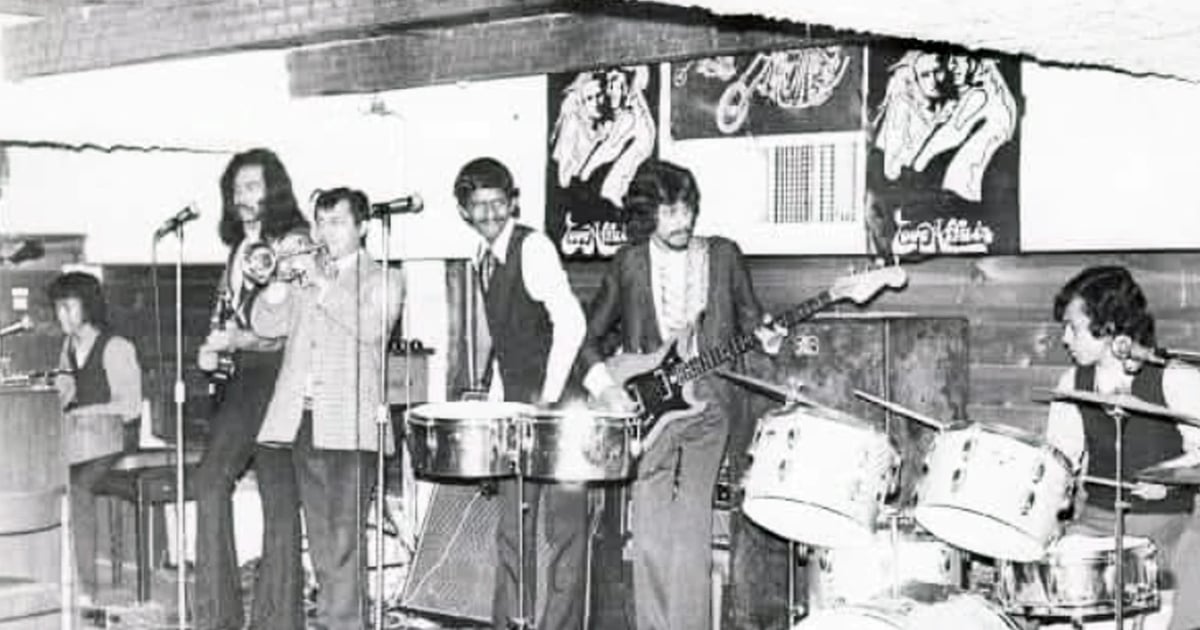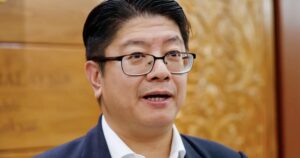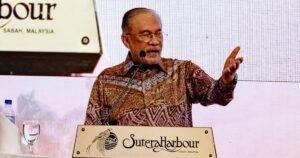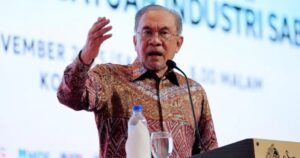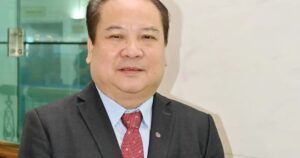
In the smoky glow of 1970s club lights, when bell bottoms ruled and drum rolls thundered, Mohd Ros Yaakob — better known as Khalid — was there, always steady behind the kit.
He was the man at the back, making sure it all held together.
The pulse. The power. The reason your foot tapped and your heart raced.
Khalid, Cellar Hi-Five’s iconic drummer, was found dead on Aug 7 at his apartment in Kampung Kerinchi, Kuala Lumpur.
He was in his seventies and lived alone. He left without fanfare, just as he lived.
But to those who remember, the rhythm he created still lingers.
He didn’t walk into the scene. He stumbled in — with torn jeans and a broken drumstick.

The late Charles Nathaniel, the band’s bassist, recalled their first meeting in a 2020 FMT interview: “He asked, ‘Boleh main ke?’ (Can I play?)
“I welcomed him. He couldn’t speak English, so I had to cue him through the songs. But once he played … magic.”
Khalid wasn’t formally trained. He was self-taught — “belajar sendiri”— and absorbed styles like the rumba and samba by ear, blending them into his drumming. He let instinct lead.
Soon, the young man from Kampung Kerinchi — hence his nickname, “Khalid Kerinchi”— was touring with the band in Japan and Korea.
Before Cellar Hi-Five, Khalid played with the Wildtimers. Later, he joined The Strollers and had a brief spell with the five-piece Pitiful Souls, a London-based group that once included guitarist Terry Thaddeus.
But Cellar Hi-Five was his heartbeat. And he was theirs.
The Cellar and the sound
Formed in 1970, Cellar Hi-Five took its name from The Cellar, a buzzing basement club on Jalan Barat, Petaling Jaya, just opposite where PJ Hilton now stands.
The venue was more than a club. It was a launchpad. Every Sunday, musicians gathered for the famous tea dances.
“Entrance was five dollars and everybody wanted to be there,” recalled deejay and vocalist Radha Krishnan, who later joined the band.
Khalid joined after original drummers Peter Kuan and Tommy Low left. The rest of the band included Nathaniel, Syed Agil (trumpet), Rahim Hamzah (keys), Johnny Ng (keys/sax), Sunny Narcis and Don Beins (guitars/vocals).
They wore sharp suits and played even sharper sets — rock, pop, R&B, jazz — all tight, all groove-driven. Khalid was the spine of it all.
The power behind the kit
“He was a fantastic drummer,” said Radha. “He played Soul Sacrifice, Santana’s Woodstock version, almost like Michael Shrieve. It was mind-blowing.”
That performance, with its iconic drum solo, was originally improvised by Shrieve. “Khalid somehow captured that same raw electricity, every single time,” added Radha.
Drummers like Lewis Pragasam came to watch him play. Others, like Sons of Adam drummer Ruzlan Omar, changed their entire approach after hearing Khalid in action.
“He got behind the kit and unleashed Deep Purple’s Black Night,” Ruzlan said. “It was so fast and furious, we switched to rock soon after.”
A beat that lingers
Khalid lived humbly and died quietly. But when he played, there was nothing quiet about it.
He didn’t need stage lights or headlines. His drums spoke for him: loud, clear, and full of soul.
He didn’t read music. He read moments. He played with feel, not formulas.
His was a rhythm that crossed languages and borders, and shifted hearts.
And even now, long after the cymbals have stopped ringing, Malaysia’s music scene still somewhat moves to his groove.
Because Khalid may have lived in the shadows, but his drums never did.
